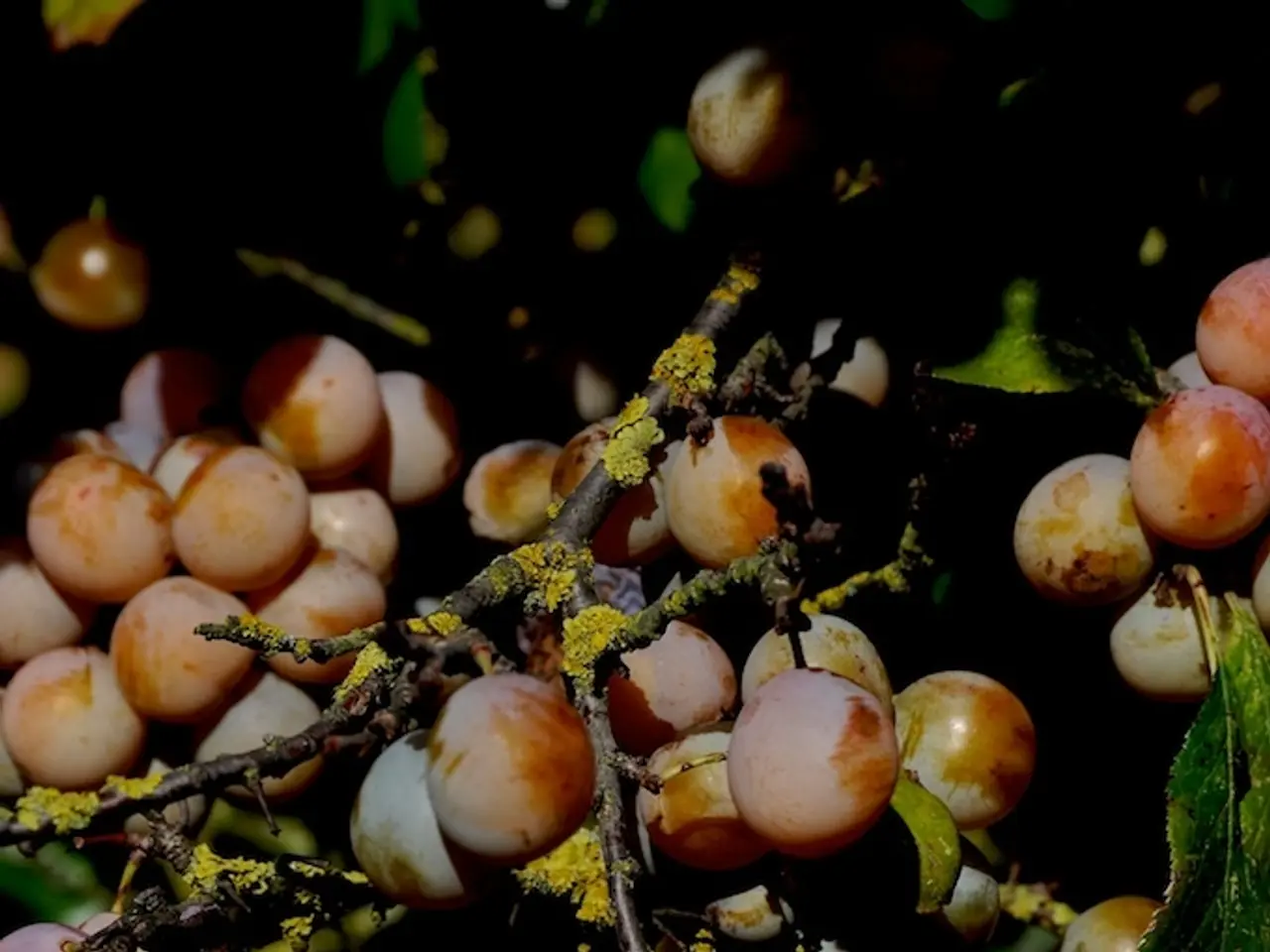Affordable and Profitable Desi Superfruit: Indian Hog Plum Bolsters Rural Earnings, Nutrition, and Economic Sustainability
The Indian Hog Plum (Spondias pinnata) is an attractive and versatile tree that offers a low-maintenance, high-potential crop for farmers. This hardy species thrives in tropical and subtropical climates, making it an ideal choice for farmers seeking to diversify their income, enhance family nutrition, and make better use of marginal land.
Growth and Propagation
Propagation of Indian Hog Plum is commonly done through mature stem cuttings, collected during the dry season and planted directly into prepared soil or nursery beds. Cuttings about 1.5 to 2 feet long and at least 1 inch thick yield the best rooting results. Once rooted, the cuttings can be transplanted to the main field at the beginning of the monsoon.
The trees start flowering between February and April, depending on the region. Proper care to ensure flowering and fruit set will optimize yield. While specific spacing data for Indian Hog Plum is not detailed, adequate spacing and pruning help maximize yield and maintain tree health.
Harvesting and Processing
Fruits appear green in June, with tender fruits suitable for pickling harvestable at this stage. Ripe fruits, typically turning slightly yellow or soft by August to September, are sweet and sour and can be eaten fresh, used in chutneys, or made into drinks. Since the fruit does not ripen all at once, harvesting can be done in multiple batches over the season to maintain quality and market supply. A mature tree can yield 30 to 60 kg of fruit per season.
Indian Hog Plum is rich in vitamin C, antioxidants, phenolics, and dietary fiber, making it a valuable candidate for nutraceutical products. The fruit is used traditionally to treat digestive issues, inflammation, and infections, highlighting its potential in health supplements. Value-added processing includes making health powders, syrups, dried snacks, and other functional foods that leverage its nutritional and medicinal properties.
Sustainable Practices and Market Opportunities
Adoption of sustainable cultivation practices helps maintain tree health and ecosystem integrity. Market opportunities exist for fresh fruit, pickles, and nutraceutical products derived from Indian Hog Plum, which can boost rural incomes. Handling fruits gently during harvest and processing preserves quality for fresh markets and value-added products.
While detailed pest management and irrigation best practices for Indian Hog Plum were not specifically outlined, these are generally important for commercial horticulture and should be adapted based on local climate and pest pressures. The Indian Hog Plum tree also provides additional benefits, acting as a windbreak, helping prevent soil erosion, and providing shade and biodiversity benefits to the farm.
In summary, commercial and nutraceutical production of Indian Hog Plum benefits from propagation by cuttings, staged harvesting based on fruit maturity, and processing methods that preserve its bioactive compounds, thereby supporting a wide range of traditional and value-added product markets.
- Enhancing one's understanding and skills can lead to potential opportunities, much like the diversification of income that Indian Hog Plum offers to farmers.就像印度雞




